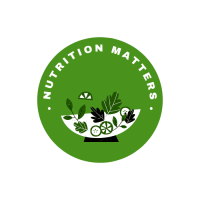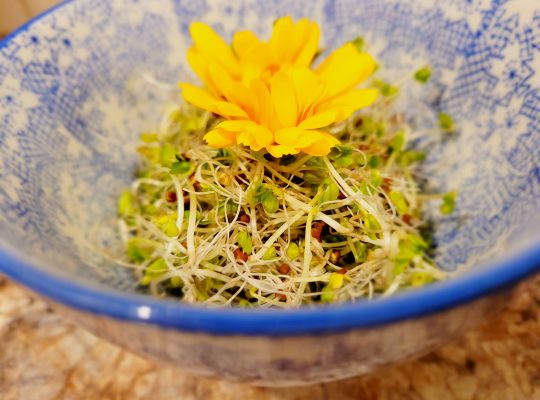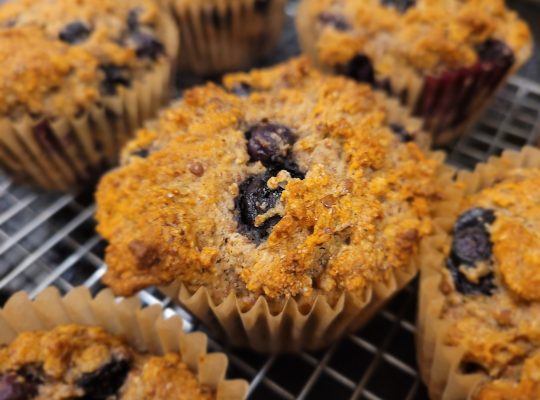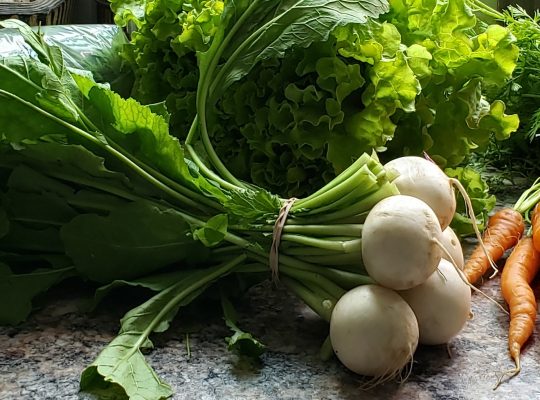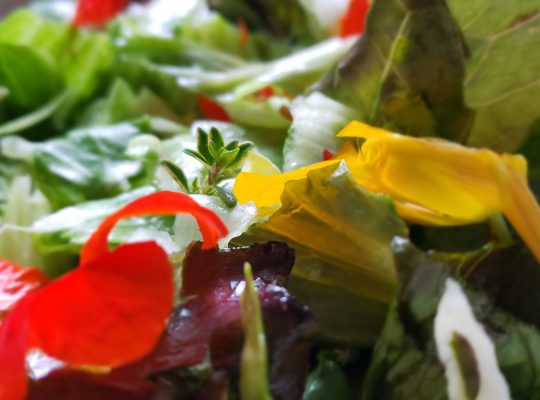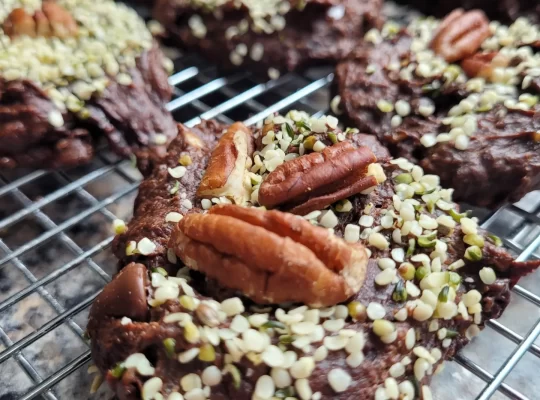Have you ever heard that a little bit of stress is good for you but too much becomes harmful?
The good
The same applies to inflammation. A cut or a scrape will cause a local reaction: pain, heat, redness and possibly a small, localized infection too.
That’s your immune system in action. One facet of it. There are many others, and some are internal. Such as a reaction to a pathogen that’s made its way into your body. Or an allergic reaction.
It’s only natural that as long as we’re alive, we go through bouts of inflammation, internally and externally. Some we notice, others we don’t.
The bad and the ugly
However, when the inflammation that’s supposed to heal lingers on or when there’s too many pro-inflammatory conditions in the body, we are dealing with chronic inflammation. Low-grade chronic inflammation is at the root of most preventable chronic diseases. That’s bad and good news combined.
Most often driven by diet, lifestyle and environmental factors too, chronic inflammation can increase the risk of insulin resistance, cardiovascular disease, type 2 diabetes, obesity, cancer, and neurodegenerative diseases such as dementia.
I will agree that this is a BIG subject with many facets, and I will return to it many times in future posts to expand on the conversation.
But before we go on, I want to acknowledge this: there is a lot we do not know about foods and inflammation and also, there is a lot that just sounds discouraging.
However, here’s a worthy reminder: our bodies are incredibly resilient. We have amazing repair mechanisms in place which means that our cells and tissues respond to our efforts to address inflammation (see more below).
Take-home message: It’s never too late to get started!
The many causes
Yes, it’s complicated, because there are many factors that can cause or aggravate existing inflammation. Here are a few:
- Processed foods. They contain added sugar, and/or high-fructose corn syrup, artificial sweeteners, refined vegetable oils, and many other chemical compounds our bodies do not agree with. If it comes from a box or package… you know the drill.
- Added sugar. I know I already mentioned sugar, but it really deserves its own category. Infamously so. Mind you, it’s not about the natural sugars which come with fruit and veggies. It’s about the added sugar. Here’s why: high sugar consumption increases the risk of insulin resistance, hence inflammation. Fructose, which is half the sugar molecule is bad when present as sugar, but worse yet when it travels solo (think agave syrup, which is predominantly fructose, and the awful high-fructose corn syrup). It causes liver inflammation and contributes to the development of non-alcoholic fatty liver disease (NAFLD).
- A diet high in animal products, particularly red meat, and dairy. Processed meats pose an extra higher risk of cancer, so skip the smokies, bacon and hot dogs, or at least choose locally and humanely-raised meats, and nitrate-free products.
- Chronic stress. Whether your stress is caused by relationships, your job, dire financial situation, losing a loved one, illness or caring for someone with a chronic illness, the effects on your body are the same, with inflammation topping the list.
- Environmental pollutants. Yes, I am thinking of wildfire season as I write this, but let’s not forget about cigarette smoke, car exhaust, industrial pollution and all the chemicals released in the environment for one reason or another.
- Pesticides and other toxins in our food (think endocrine disruptors such as the ubiquitous bisphenol A, or BPA).
- Being sedentary or exercising too much. That’s right, you gotta find the sweet spot (or zone, rather). Lack of physical activity can increase the risk of inflammation and chronic disease, but too much exercise can also stress the body and cause inflammation.
But all is not lost (to inflammation)
It’s a big topic and we will unpack it in future posts, but here are a few ways to decrease inflammation and thus reduce the risk of chronic disease and premature aging.
Worth a try, right?
- Choose more plant-based, whole foods and reduced the processed ones. Cook from scratch whenever you can. That way you know exactly what goes in your food and you can avoid excess sugar, for example.
- Increase your antioxidant-rich food intake: whole foods (veggies and fruit), berries, dark leafy greens, nuts, seeds, and omega-3 essential fatty acids. Cocoa too (hello dark chocolate!).
- Colours count – the more colours on your plate, the lower the inflammation in your body and the happier your gut bugs. Speaking of…
- Fibre. When you eat fibre, your gut bacteria eats well too. That results in them producing short-chain fatty acids (SCFA), which have anti-inflammatory effects at the gut level and in the whole body (and many other benefits!)
- Lower your sugar consumption. Soft drinks, fruit juices and most desserts contain lots of added sugar. Pay attention to food labels as many processed foods contain sugar in various amounts, along with other pro-inflammatory ingredients.
- Get good quality sleep. Try to keep regular hours and opt for 7 hours on average. More on this soon.
- Drink less alcohol. Yep, in large amounts, alcohol causes inflammation in the gut and liver too. Opt for lower-alcohol content such as beer and red wine if you can.
- Move often. Ideally, every day, even if you start with a 10-minute walk (it will become 20 or 30 minutes before you know it). When you have to sit for longer periods, get up every 20 minutes and move your body.
